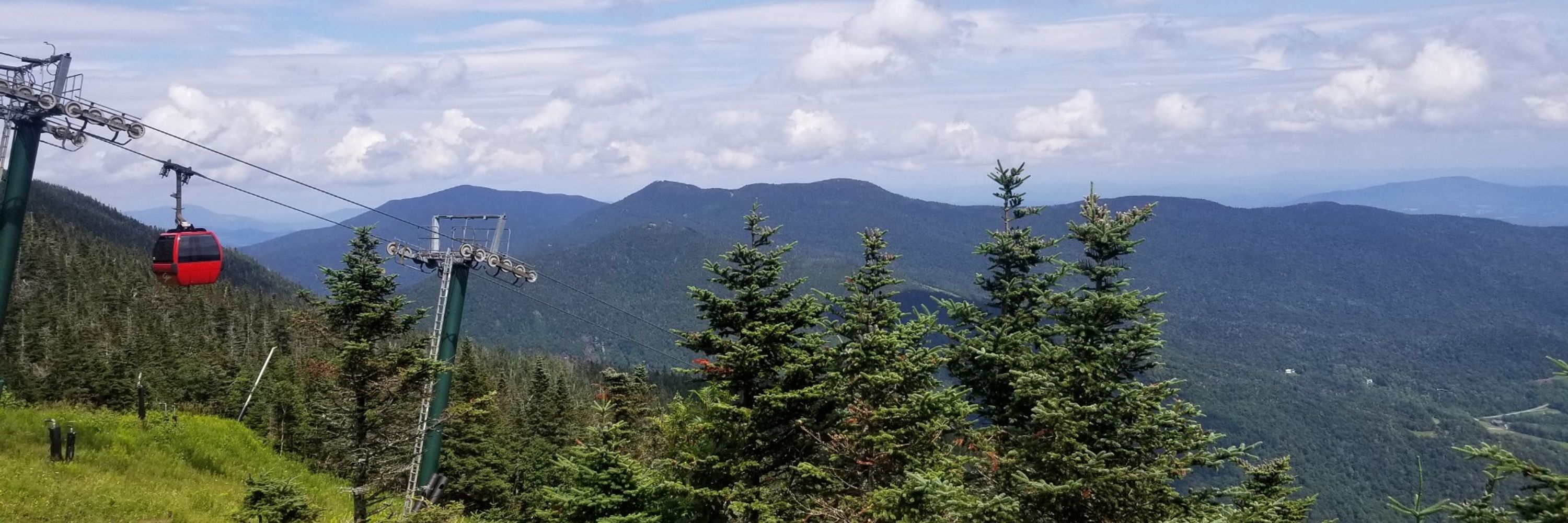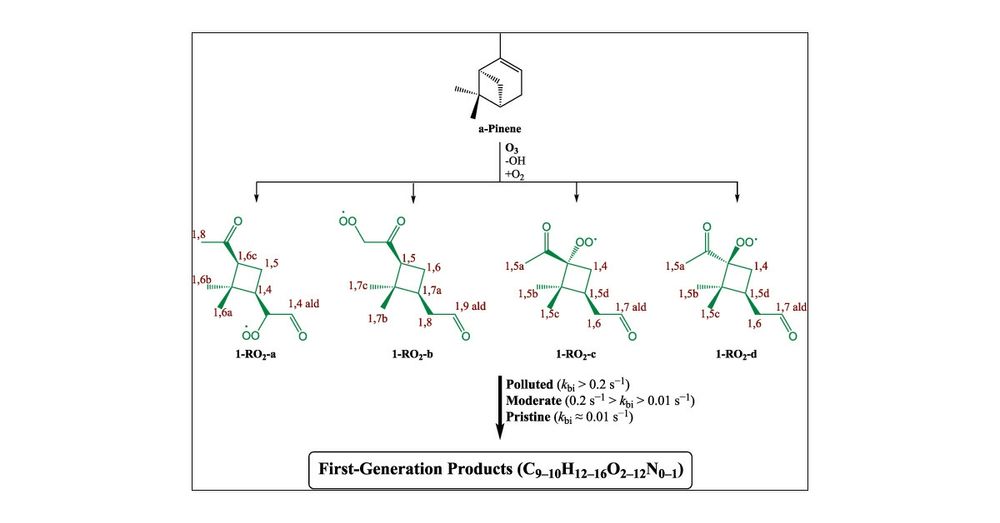Christopher Kenseth
@chriskenseth.bsky.social
130 followers
150 following
3 posts
Atmospheric Chemist | NSF AGS Postdoctoral Fellow at UWAtmosSci | PhD at CaltechCCE | BS at UVMChemistry | VT → CA → WA
https://scholar.google.com/citations?user=ykDORWwAAAAJ&hl=en
Posts
Media
Videos
Starter Packs
Reposted by Christopher Kenseth
Reposted by Christopher Kenseth
Reposted by Christopher Kenseth
Paul Wennberg
@paulowennberg.bsky.social
· Mar 24
Reposted by Christopher Kenseth
Colette Heald
@coletteheald.bsky.social
· Nov 13




